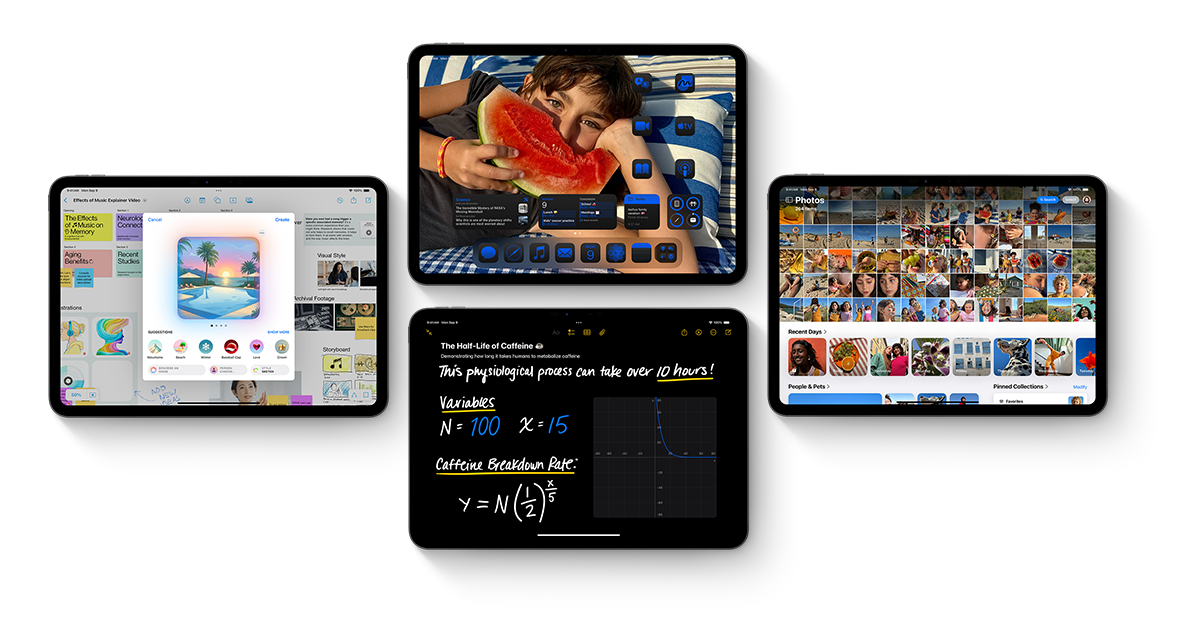Apple fans hoping for a new tiny iPhone might feel let down. A fresh report says the company isn’t working on a smaller version, like the old iPhone Mini, anytime soon. The last small model, the iPhone 13 Mini, came out in 2021, and since then, Apple has focused on bigger screens.
The news comes from a trusted source who knows about Apple’s plans. They say the tech giant is sticking to larger phones because that’s what most people want. Sales numbers back this up—bigger iPhones, like the iPhone 14 Plus and iPhone 15 Pro Max, have been more popular than the Mini ever was. Customers seem to love the extra screen space for watching videos, playing games, or working on the go.
The iPhone Mini was great for folks who liked a phone that fit easily in one hand or a pocket. But not enough people bought it, so Apple shifted gears. Instead of a new Mini, the company is pouring energy into improving its bigger models with better cameras, faster chips, and longer battery life.
For now, if you want a small iPhone, you’ll have to stick with older ones like the iPhone 13 Mini or look at other brands. Apple’s focus is clear: big screens are the future, and that’s where they’re headed. Fans of tiny phones might have to wait a long time—or maybe forever—for a comeback.





